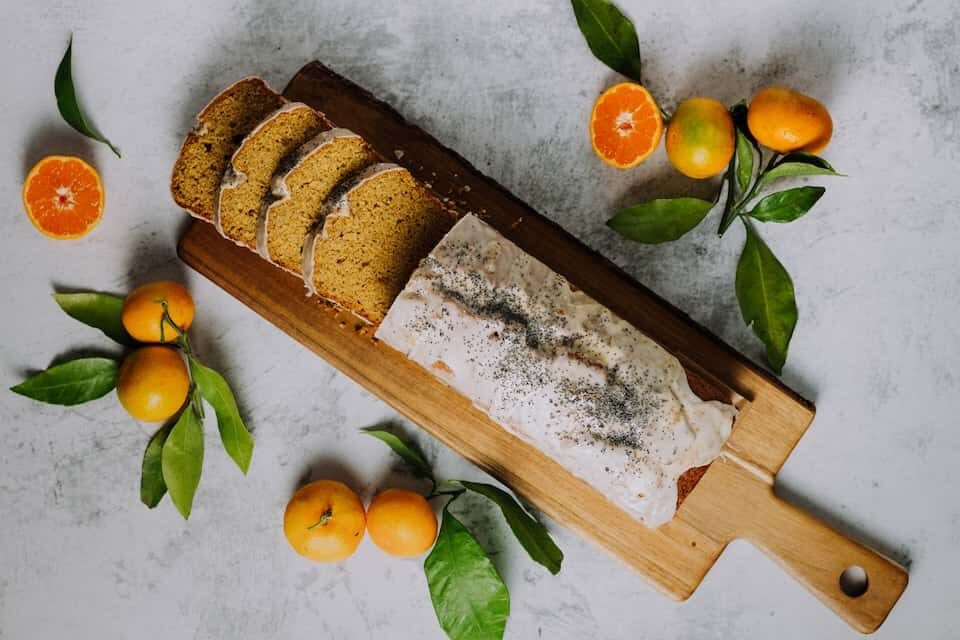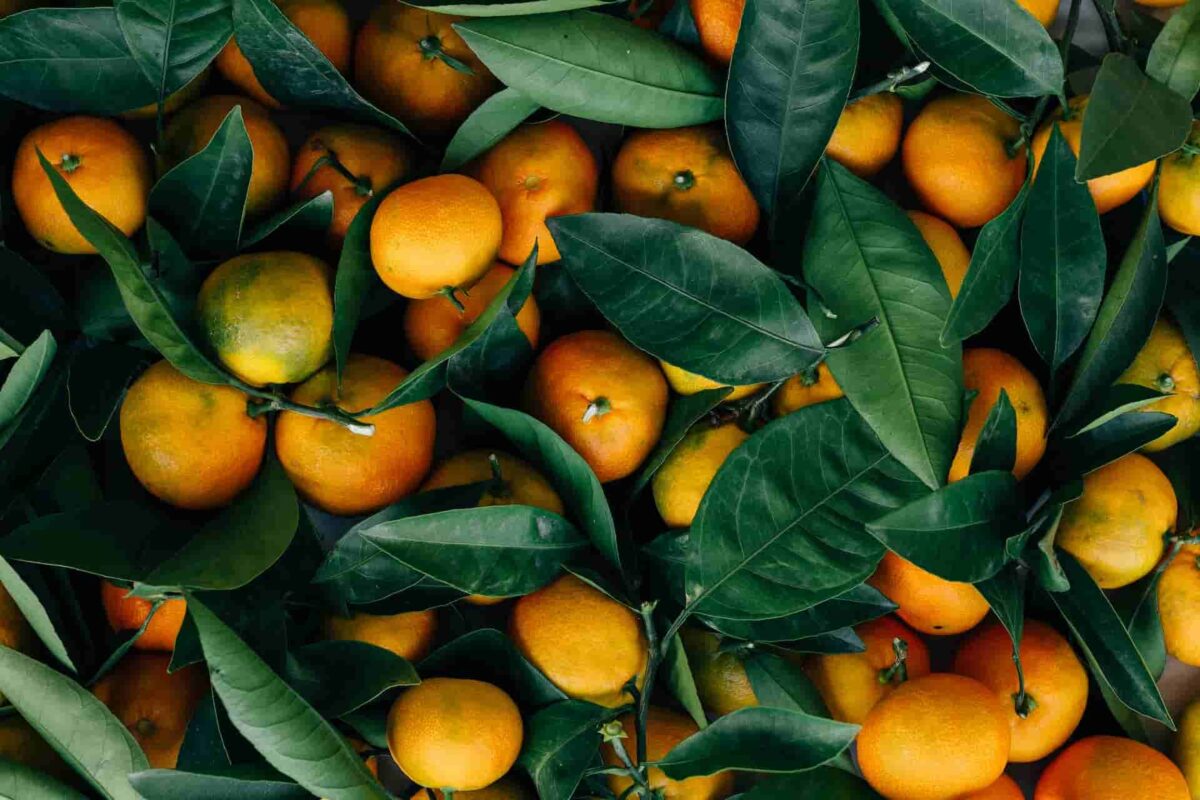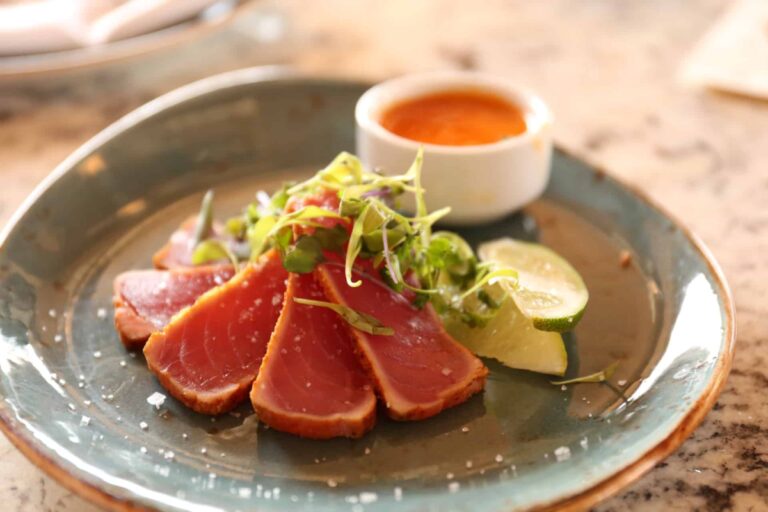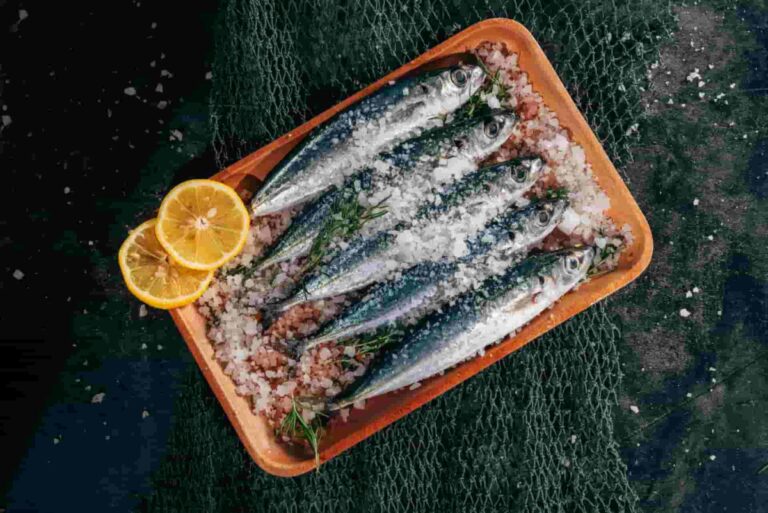38 top tangerine kitchen insights and benefits
Did you know that tangerines were considered to be a symbol of happiness, wealth, and even longevity in ancient China?
- Because of this, the Chinese people who went to visit took a variety of fruits with them to offer as a gift to the owners as a means of expressing their best wishes for them and as a way of showing their appreciation for their business. In addition, when it was time for the visitors to go, the hosts offered them tangerines as a parting gift. There is a widespread misunderstanding that “wealthy guy” is what “mandarin” refers to when it is translated from its original Chinese language. This is an incorrect assumption.
- Tangerines are members of the Rutaceae family and are categorised botanically as either Citrus reticulata or Citrus tangerina, depending on the classification system. These fruits have a sweet and sour flavour profile. They are also unique from commercial oranges and are recognised as separate species. Consumers prefer them because of their more strong sweet-sour flavour, easy-to-peel nature, and juicy flesh. Commercial oranges are categorised as Citrus sinensis.
- The holiday season is the ideal time to enjoy the sweet and sour flavour profile of tangerines, which is why they are sometimes referred to as “Christmas fruits.” There are a number of stories and traditions that attempt to explain how tangerines became such a popular item to put in stockings. Putting gold pieces into the stockings of European families on Saint Nicholas Day is the subject of at least one legend, which purports to explain the holiday’s origins. Tangerines were originally believed to be of exceptional value, and over the course of time, the gold coins transformed into tangerines.
- Tangerine juice is very difficult to get for purchase practically anywhere on the globe, despite the fact that tangerines are quite popular. This is due to the fact that, during the process of heat treatment, it loses all of its qualities that are beneficial to the user.

Tangerine nutrition values and health benefits
- If you eat one little tangerine, you’ll get 34% of the vitamin C you need for the day. Also, you’ll get 10% of the recommended daily allowance of vitamin A. A tangerine contains trace levels of thiamin, vitamin B6, and folate.
- Tangerines contain trace levels of minerals including potassium, calcium, magnesium, and iron. Potassium-rich diets minimise the risk for cardiovascular disease. Calcium is necessary for strong teeth and bones. As a blood pressure regulator, magnesium is beneficial. Iron helps carry oxygen to working muscles.
- Tangerines, like other citrus fruits, have anti-oxidative characteristics thanks to the presence of flavonoids, phenolics, and essential oils. Numerous studies have shown that the phytonutrients included in tangerines may help protect cells from damage, lessen inflammation, and decrease the risk of cardiovascular disease, among other advantages.
- Citrus fruit contains chemicals (flavonoids, limonoids, and coumarins) linked to a lower risk of cancer, including gastrointestinal cancer, breast cancer, lung tumour development, colon tumour formation, liver cancer, and blood cancer, according to studies.
- Antioxidants are believed to prevent the body’s cells from suffering damage from free radicals. Oxidative stress—the damage itself—is inflammatory. Our bodies produce free radicals, and environmental pollutants like cigarette smoke also expose us to them. Consuming antioxidant-rich foods or supplements may help mitigate or prevent certain forms of inflammation, according to several studies.
- Scientists think oxidative stress speeds up the ageing process. Antioxidant-rich foods and supplements are popular because they may interrupt age-related degeneration and postpone the development of age-related diseases.
- Researchers have shown that people with type 2 diabetes may benefit from eating citrus fruits like tangerines due to the high levels of antioxidants found in these fruits. In one published paper, study writers found that the level of antioxidant enzymes and antioxidant vitamins was reduced in persons with type 2 diabetes.
- Tangerines are an excellent source of vitamins C and A. Both vitamins are crucial to preserving healthy eyesight. Vitamin A, a fat-soluble vitamin essential for eye health, plays an important role in keeping your cornea and retina in good shape. If your vitamin A intake is consistently inadequate, you may develop xerophthalmia, which causes night blindness.
- When someone with a citrus allergy touches a tangerine, they may feel a tingling sensation, itching, redness, swelling, or even burning. other people also have trouble breathing after eating tangerines and other people have trouble digesting them. Consult your doctor for a diagnosis and tailored recommendations for treating your citrus allergy if you think you have one.
- Grapefruit and other citrus fruits contain furanocoumarins, while tangerines do not. Statin users should not worry that they will have the same negative drug interactions that are seen with other medications.
100g of tangerine has 53 calories (221 kJ), 0.8g of protein, 0.3g of fat, and 13g of carbs, including 1.8g of fibre.

How to store tangerines and how to buy them
- It should come as no surprise that the shelf life of tangerines is comparable to that of oranges, clementines, and grapefruits. When shopping for tangerines, look for ones that are weighty for their size, have a hard feel when you press on them, and are pretty firm overall.
- Choose ones that are on the softer side if, on the other hand, you want some that you can devour quickly or pass over to your children as soon as you arrive home. Do not purchase tangerines that are really mushy. They are old and have already lost part of the water that they once contained. After peeling and slicing them, their quality won’t be much better than average at best.
- Depending on a variety of criteria, including the cultivar, the maturity stage at the time of harvest, and others, some tangerines have a shelf life of up to six weeks. Given that you don’t typically know anything about any of them, it’s probably best to go with the shorter time period that I advise.
- You may keep tangerines on the counter or in the refrigerator, whichever you choose. Keep them away from sources of heat and direct sunshine, and don’t place any other fruits on top of them if they are going to be sitting on the counter. This will prevent the tangerines from being bruised or ruined. Put the tangerines in a plastic bag that you can close again if you decide to keep them in the refrigerator.
- If you want to use them within three to four days after purchasing them, there is no need to refrigerate them. However, if you need longer time than those couple of days, the best alternative is to put them in the refrigerator to cool for a while.
- There is still a possibility, even if the storage duration of two weeks is not enough for you (for example, you purchased a lot of tangerines since they were on sale). You can freeze tangerines in exactly the same manner as you would freeze oranges.
- There are at least a handful of different applications for frozen and thawed tangerines, despite the fact that eating them by themselves is not nearly as enjoyable as eating fresh ones. For more information, please refer to the article that was referenced.
- Toss tangerines that have the following flaws:
- Feel mushy when touched, have shrunken, or leak water. Either of these conditions indicates that the fruit has lost a significant amount of the water content it once had and is no longer of acceptable quality. When it comes to tangerines, water loss is the culprit in nine out of ten cases when they go bad. However, the presence of a few minor weak places is not a cause for concern.
- Are spoiled or covered with mould. Naturally, if the damage is limited to a small region, you may remove it after peeling the fruit and continue eating the remainder of it.
- Put out the odour. There isn’t much of a pungent smell to whole tangerines. Throw them away if you can smell them readily and the odour does not make you think of oranges.
- It is time to inspect the fruit, piece by piece, for its colour, texture, and aroma before you consume it. It is not necessary to go methodically through each one one at a time; rather, a cursory look and a thorough sniff should be sufficient.
- You have to depend on your senses to determine whether or not the tangerines you have are fit for consumption. And it involves putting your faith in what they have to say. Throw it away if you have any doubts about it.

Cooking techniques, secrets, and tips from the kitchen
- When used in the kitchen, tangerines, like oranges, grapefruits, and other citrus fruits, may be prepared in a wide variety of ways to provide tangy flavour to otherwise flavourless foods. You can use tangerines in everything from salads to desserts to frozen drinks or alcoholic cocktails to provide sweetness and a mild citrus flavour that is unique and different from other citrus flavours.
- Tangerine preserves will provide you with the delectable, light, and refreshing flavour of citrus throughout the year. You will be shocked at how much tastier your baked products become if you use the preserves in cookies or cakes, pour them over ice cream or cobbler, or put them over your favourite handmade bread with butter.
- Tangerine salads: Despite the fact that salads are beneficial to one’s health, eating green salads during the winter months may be challenging. If you take the time to peel a tangerine and cut it into bits, you can add that zesty citrus flavour to your go-to rocket salad and make an otherwise uninteresting salad look and smell much more appetising. The flavour of a light vinaigrette dressing may also be enlivened by the addition of tangerine zest, which can be done in a number of different ways.
- If you want to make tart citrus smoothies rather than the more common berry smoothies, use tangerine juice in place of water while making smoothies. Banana and tangerine smoothies are a delicious way to mix things up and try something new. During the holiday season, add tangerine juice and seltzer to mixed cocktails for a refreshing and sugary twist on classic drinks prepared with gin or vodka.
- Due to its aromatic, bitter, and sweet flavour, dried tangerine peel is often used in Chinese cuisine, both in sweet and savoury dishes. It is used in both sweet and savoury foods.
- In addition, it is frequently used in the production of teas that include both herbal and whole leaf components.
- It is common practise to rehydrate dried tangerine peel by soaking it in water for a period of time prior to using it in a culinary application.
- Before the peel can be used, it is often essential to scrape the bitter white pith off of the soaked peel.
- After the pith has been removed, the hydrated peel may be diced if that is the method that you prefer.
- There are certain recipes in which it is not required to soak the peel before using it, such as stews that need a lengthy period to boil the liquid.
- The preparation of a magnificent and remarkable tangerine sauce for dessert requires just a few basic ingredients and a short amount of time. Because tangerines are inherently sweeter and less acidic than ordinary oranges, they are a fantastic complement to a broad variety of desserts and other forms of sugary treats. Canned tangerines, together with the liquid that was used to can them, vanilla extract, orange zest, and sugar, may be combined to make a sauce that is sweet and syrupy. The sauce can be prepared with canned tangerines. You may top a broad range of delectable foods and desserts with this tangerine sauce, such as cheesecake, angel food cake, pound cake, and even ice cream.
- Tangerine is a flavour that pairs well with a wide variety of other flavours and spices, including cardamom, cherry, chocolate, cinnamon, coffee, fig, ginger, nutmeg, star anise, and tropical fruits, to name a few of them.

The history of tangerines, from the beginning until today
- It is a widely held belief that tangerines are a subspecies of the mandarin orange, which is a kind of orange that is native to a number of regions in Asia and Southeast Asia. Mandarins have been farmed for many thousands of years, with China and India being the primary producers of the fruit.
- Through the use of several ancient trade routes, they were ultimately transported to Western Asia, the Mediterranean, and Northern Africa.
- Mandarin oranges arrived in Australia in the same decade, 1820, as did other citrus fruits. The port city of Tangier in Morocco, which is located in Morocco, supplied the United States with mandarin oranges during the middle of the 18th century. In recognition of Tangier, the newly introduced fruits were given the name “Tangerines,” and they were cultivated in groves in Palatka, which is found in the U.S. state of Florida.
- Home gardens and commercial farms in Asia, Europe, Australia, Africa, South America, and North America are the primary sources of tangerine production. The country of China is the primary supplier of tangerines for the global market. Florida, California, Arizona, and Texas are the four states in the United States that are responsible for the cultivation of tangerines. Other states in the United States may also be involved.
- In addition to this, there are a great many different varieties and hybrids of the tangerine available to purchase. The tangerine was used to make the hybrid fruit known as the tangelo by crossing it with either a grapefruit or a pomelo, which is a large citrus fruit that is closely related to the grapefruit. The grapefruit was used to create the tangelo. Tangerine and pomelo are both components of its name, which is a mixture of the two.
- The Minneola tangelo, which is one of the most well-liked varieties of tangerine, is easily identifiable by the unusual formation of a little knob at the very top of its stem. It is also said to have a flavour that is mild and has a touch of sweetness to it.
- The clementine, also known as the Algerian tangerine, is a kind of tangerine that is quite small in size, tastes very much like sugar, and does not have any seeds inside of it. It is originally from Spain as well as North Africa. A tangor is a fruit that resulted from crossing an orange and a tangerine. It got its name from the combination of the two fruits. This fruit is known by a few different names, including a royal mandarin and a temple orange.
- During the height of the Great Depression, tangerines had a surge in favour as a presentable choice. Citrus was seen as a luxury gift that offered nourishment during times of scarcity, but many families were unable to afford to purchase presents for their loved ones during this time period. Citrus was one of the few fruits that was available. It was a widespread habit during the whole of the decade that occurred in the 1930s to insert walnuts and citrus fruits inside of stockings.







